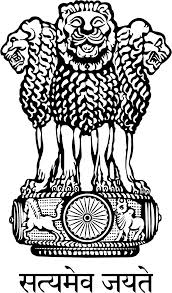WHAT IS KALA-AZAR ?
BackWHAT IS KALA-AZAR ?

- Visceral leishmaniasis is commonly known as kala-azar (KA), a word coined in the late nineteenth century in India, which means “black disease”, referring to the greyish or blackish discoloration of the skin during infection, from the Hindi word for black (kala) and the Persian word for disease (azar).
- Kala-azar is a slow progressing indigenous disease caused by a protozoan parasite of genus Leishmania
- In India Leishmania donovani is the only parasite causing this disease
- The parasite primarily infects reticuloendothelial system and may be found in abundance in bone marrow, spleen and liver.
- Post Kala-azar Dermal Leishmaniasis (PKDL) is a condition when Leishmania donovani invades skin cells, resides and develops there and manifests as dermal leisions. Some of the kala-azar cases manifests PKDL after a few years of treatment. Recently it is believed that PKDL may appear without passing through visceral stage. However, adequate data is yet to be generated on course of PKDL manifestation


























